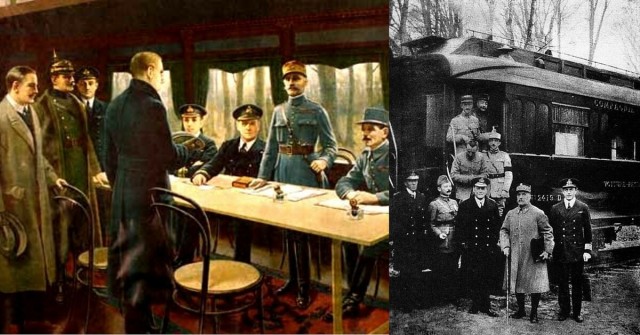
Here are ten interesting facts about the Armistice, that ended WW II.
1- The Kiel Mutiny and German Revolution was the final blow to the German Empire
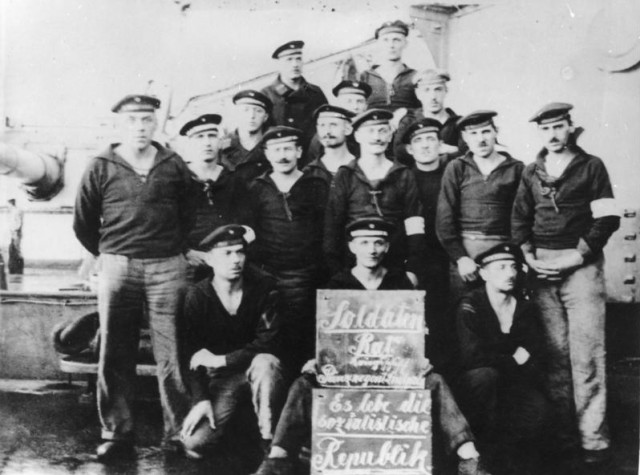
The revolt spread through all of Germany and in a few days Kaiser Wilhelm II abdicated and the transition to the Weimar Republic began. On November 10th, Chief of the General Staff Paul von Hindenburg instructed the German delegation currently negotiating the terms of the Armistice to sign whatever terms and conditions and quickly due, to growing riots and unrest at home.
2 – While many leaders were happy to end the fighting with an armistice, some wanted more
Though the Armistice ending World War I was essentially a German surrender, it still can’t quite be called true peace. And even if one calls it a peace, it wasn’t truly a full defeat, a complete victory.General John J. Pershing, commander of the American Expeditionary Force, for one example, even after it was obvious the military might of the Allies was heavily beating Germany’s forces, he wanted to crush the Germans, believing that only their total defeat would keep the nations of Europe from fighting again before long.
3 – At 5:12 AM on November 11th, 1918, the Armistice was signed in Marshal Foch’s train car
In the Forest of Compiègne sat French Marshal and Allied Supreme Command Ferdinand Jean Marie Foch’s private train and the railcar where Western Allied and German commanders and politicians signed the agreement to cease hostilities.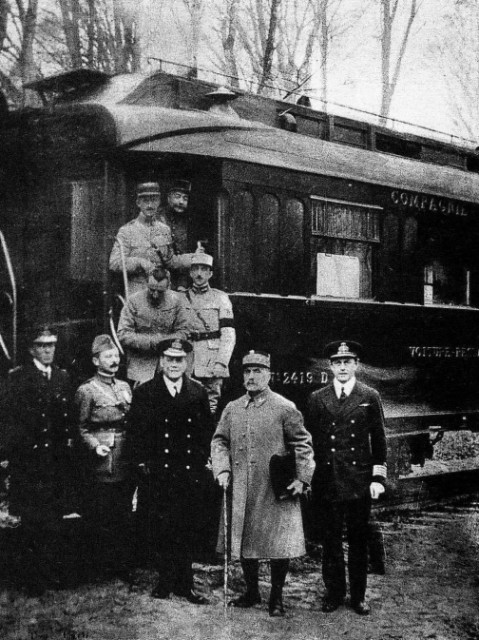
4 – Though the Armistice was signed just after 5:00 AM, fighting went on for several more hours
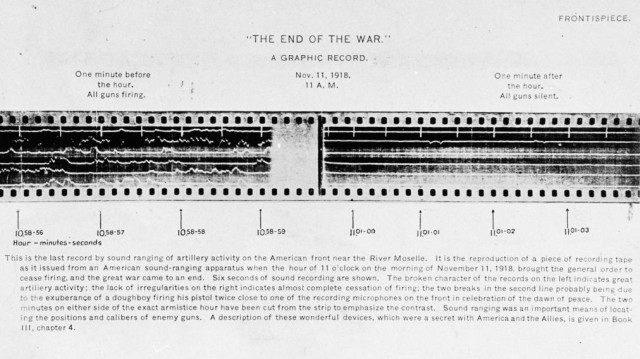
5 – Much of the Armistice was built on American President Woodrow Wilson’s “14 Points”
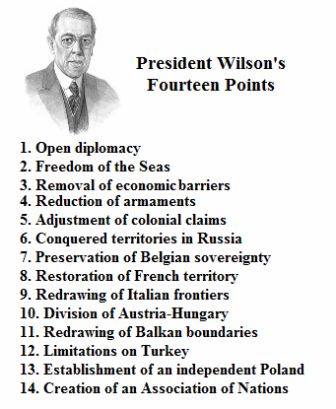
In a speech on January 8th, 1918, Wilson outlined his principles for peace and the end to the war between the major nations of the Western world in 14 points. These points included Germany evacuating troops from occupied areas, the dismantling of the Austro-Hungarian and Ottoman Empires into separate nations, to be free and autonomous, and the understanding of self-determination for many countries.
Where self-determination was a condition that worked out well for many countries, places like south-eastern Europe would struggle with this for decades to come as various peoples sought to govern themselves. Likewise, the Middle East has also struggled to work with and maintain the borders set up by European leaders in secret agreements after the war.
6 – The Armistice, understandably, was very unfavorable to Germany
Among the Armistice’s 35 terms were the cessation of all hostilities by 11:00 AM the same day, the immediate removal of all German troops from territories outside of Germany’s August 1st, 1914 borders, and the return of all POWs held by Germany.Upon signing, Germany was also required to disarm their High Seas Fleet and surrender all their submarines to Allied powers. The Allied naval blockade of Germany was to stay in place while armistice was in effect, however.
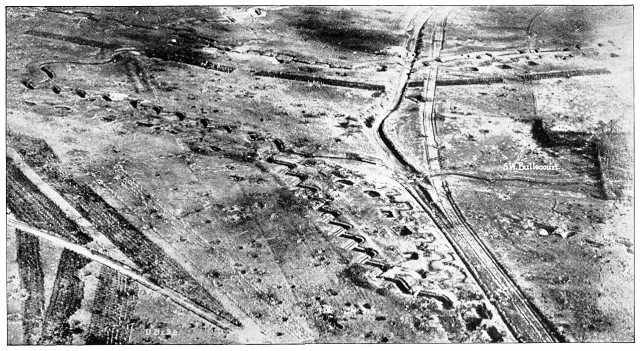
7 – Paris Celebrated victory
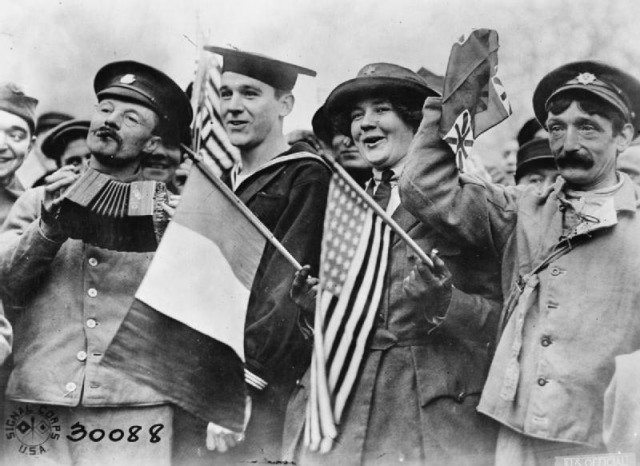
8 – When the ceasefire took effect at 11:00 AM, celebration on the front looked quite different
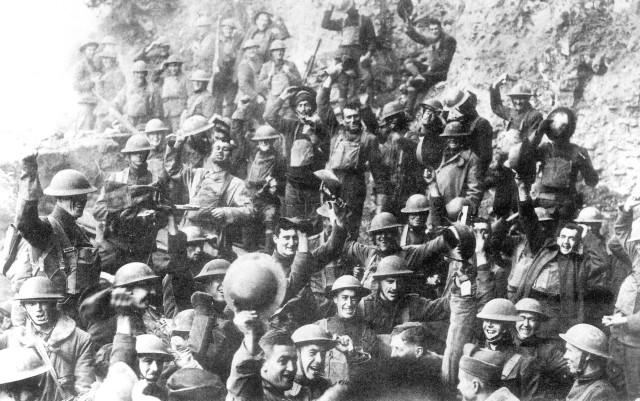
9 – These are the names of the last soldiers killed in each army on the Western Front
- George Edward Ellison, a British soldier killed at 9:30 AM
- Augustin Trébuchon, a French soldier killed at 10:45 AM
- George Lawrence Price, a Canadian soldier killed at 10:58 AM
- Henry Gunther, an American soldier killed at 10:59 AM
- Lt. Tomas, a German who was killed after the 11:00 AM deadline by American troops who didn’t receive word of the ceasefire.
10 – The “stab in the back” myth was born
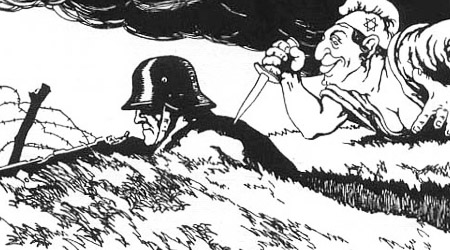
This myth, exploited by the Nazi’s in their rise to power, began when German troops started coming home. Many, especially right-wing nationalists, believed that the forces of Germany had not been defeated, but undermined and betrayed by the new civilian government of the Weimar Republic trying to seize full power.
However, the facts are against this notion, are that the Imperial Army and Navy no longer supported the Kaiser, the Navy was in full mutiny, and the people of Germany were rioting and starving with various Socialist and Bolshevik groups trying to stage a revolution.
By Colin Fraser for War History Online

Δεν υπάρχουν σχόλια:
Δημοσίευση σχολίου